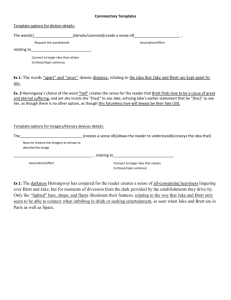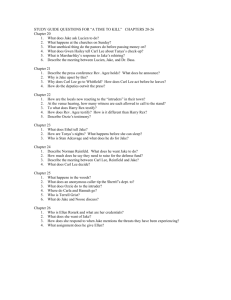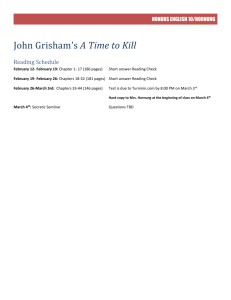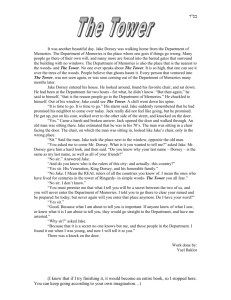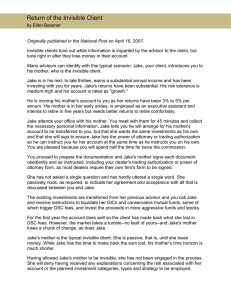WEDNESDAY, MAY 9, 2007
advertisement
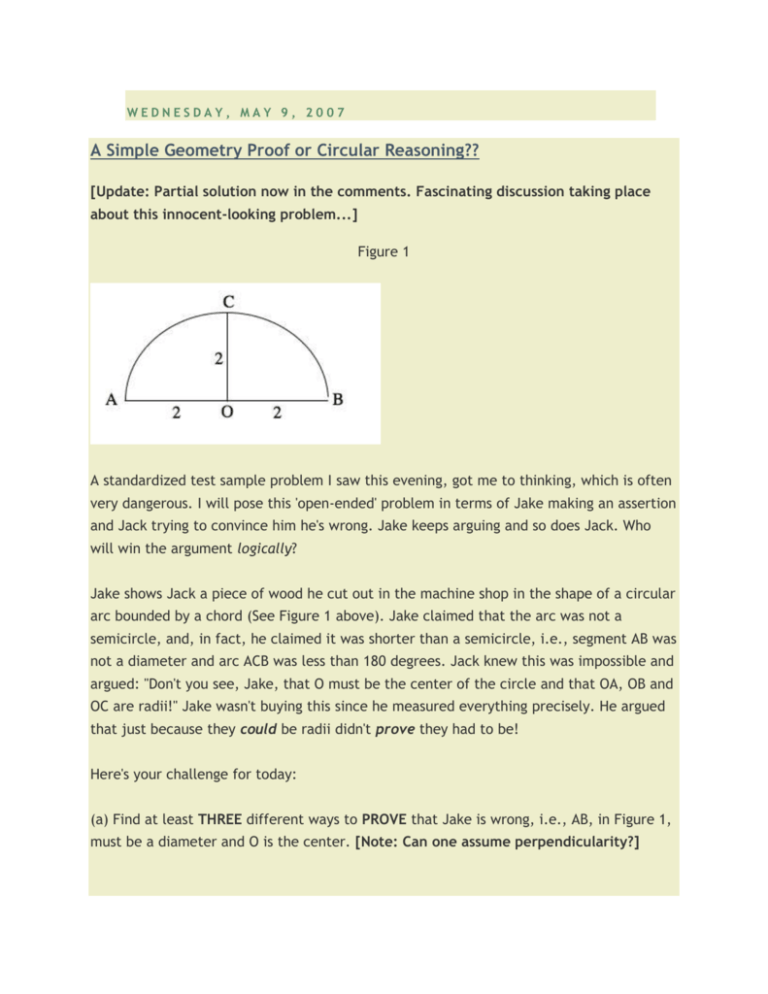
WEDNESDAY, MAY 9, 2007 A Simple Geometry Proof or Circular Reasoning?? [Update: Partial solution now in the comments. Fascinating discussion taking place about this innocent-looking problem...] Figure 1 A standardized test sample problem I saw this evening, got me to thinking, which is often very dangerous. I will pose this 'open-ended' problem in terms of Jake making an assertion and Jack trying to convince him he's wrong. Jake keeps arguing and so does Jack. Who will win the argument logically? Jake shows Jack a piece of wood he cut out in the machine shop in the shape of a circular arc bounded by a chord (See Figure 1 above). Jake claimed that the arc was not a semicircle, and, in fact, he claimed it was shorter than a semicircle, i.e., segment AB was not a diameter and arc ACB was less than 180 degrees. Jack knew this was impossible and argued: "Don't you see, Jake, that O must be the center of the circle and that OA, OB and OC are radii!" Jake wasn't buying this since he measured everything precisely. He argued that just because they could be radii didn't prove they had to be! Here's your challenge for today: (a) Find at least THREE different ways to PROVE that Jake is wrong, i.e., AB, in Figure 1, must be a diameter and O is the center. [Note: Can one assume perpendicularity?] Figure 2 (b) Assume, in Figure 2 above, that PQ is a diameter, O is the center, chord AB is parallel to PQ and radius OC ⊥ AB. Determine the length of segment CD, and in particular, show that CD < DB. (c) Refer to Figure 2, but let's generalize by removing the numerical values. Prove, in general, that for any chord AB parallel to and above diameter PQ, CD < DB. [Pls note: We are no longer requiring that the length of chord AB be half of the diameter!]




